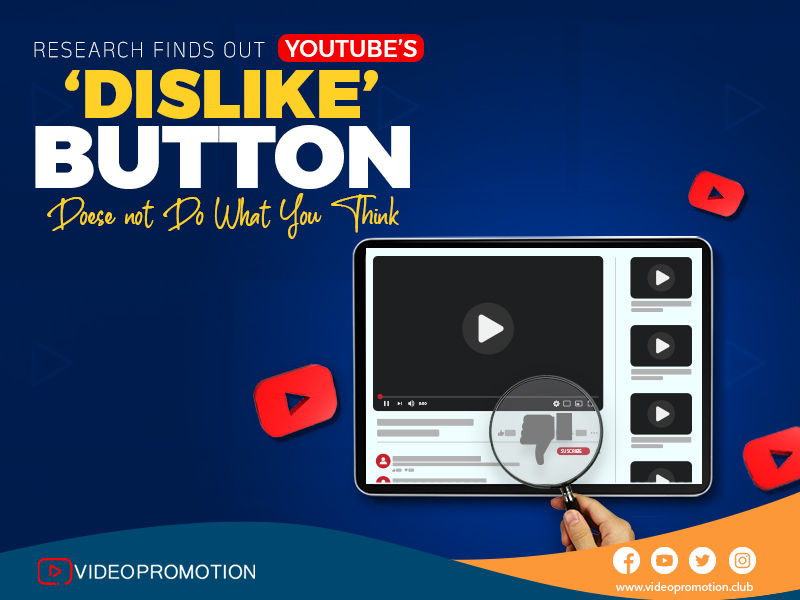

If you are a YouTube user or a creator, you must have heard creators say to like the videos at the end of the content. It is usually to fetch them better reach and make a stand in this algorithm-based social platform. As a user, it must have happened to you that you get suggestions of videos you might like in your YouTube feed. What happened when you did not like the video? You must have pressed the dislike button thinking those types of videos will not come into your feed again. But this is not how the algorithm of YouTube works. Users should be able to control the YouTube algorithm to choose what they want to watch on the platform. But YouTube does not let the users have that control.
The question is how do we know this? Well, this is not our baseless claim but a result of newly conducted research by Mozilla. Read along to know more about it.
Who conducted the research on whom?
The study was conducted on 22,722 users who between the time period of December 2021 and June 2022 have installed the Regrets Reporter browser extension of Mozilla. The researchers from Mozilla's research team analyzed videos that YouTube recommended on the users' feeds after they had hit the dislike button. During this entire research process, more than half a billion videos of the people who were included in the study.
The study did not only happen based on the disliked videos but also the entire negative feedback tools such as YouTube's other option, 'Don't Recommend Channel'. These are the options the video streaming platform provides the users to control what they do not want in their feeds. These buttons according to YouTube help users to have control over the recommendations on their feeds. But does it really impact the videos that the users get recommended daily? Based on this the research was conducted.
What did the research say?
After the research was fully conducted, Mozilla came out with rather shocking results. According to their research, different negative feedback buttons impact different areas of the recommendation algorithm. One example is hitting the 'Don't Recommend Channel' only stops about 43 percent of the unwanted video recommendations on the feed. On the other hand, the button for putting a 'dislike' over a video that users did not enjoy only stops about 12 percent of the recommendations that users will not appreciate on their feeds.
Guillaume Chaslot, a former YouTube employee and now the founder of Algo Transparency, a site that highlights the YouTube algorithm said the research results were expected. He further stated, although any user should have control over what they want to watch, YouTube does not let that happen.
To counter the research results, YouTube stated that Mozilla's research did not clarify how the platform's systems actually work which makes it difficult to give any more insights. However, they have also stated that they do not filter the entire topic or viewpoint, but just the video that the users negatively reacted to.
While the two teams have different opinions, if you are a creator
and want to skip this game of algorithms but at the same time want to be famous
on YouTube, you can try the services of Video
Promotion Club. Their quality promotional service at a minimum cost works
effectively and makes a huge difference in your channel's growth.
Comments
Leave A Reply